- Головна
- Готові шкільні презентації
- Презентація на тему «Buddhism»
Презентація на тему «Buddhism»
182
Слайд #1
Buddhism
Daria Drozd
Daria Drozd
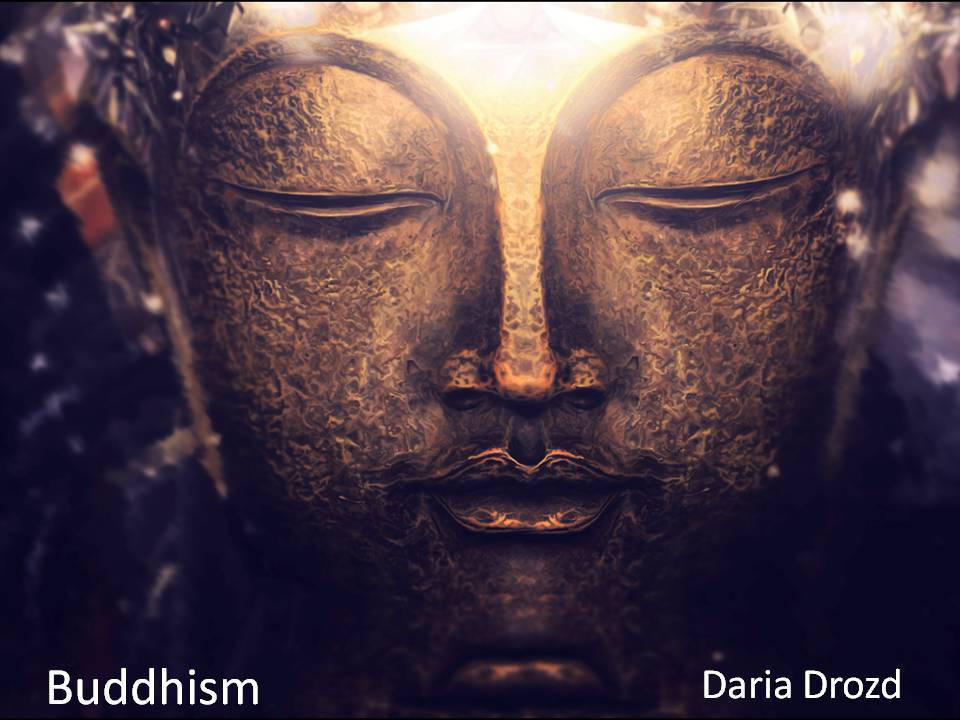
Слайд #2
Buddhism
Daria Drozd
Daria Drozd

Слайд #3
WHAT IS RELATIONAL BUDDHISM?
Relational Buddhism is a psychological approach to the basic Buddhist teachings, principles as acknowledged by all Buddhist denominations, which views interpersonal relationships as the centerpiece of its daily practice…
Relational Buddhism is a psychological approach to the basic Buddhist teachings, principles as acknowledged by all Buddhist denominations, which views interpersonal relationships as the centerpiece of its daily practice…
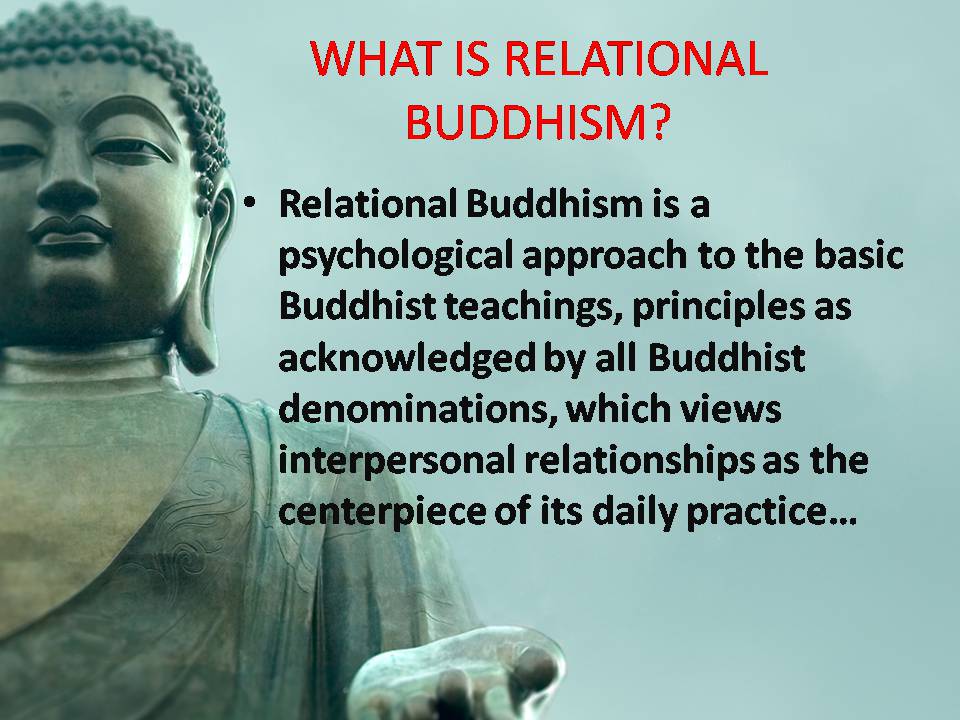
Слайд #4
This practice grows naturally from the awareness that human separateness is an illusion and that sane living requires speech/wording that expresses loving-kindness, compassion, joy, and relational equanimity…
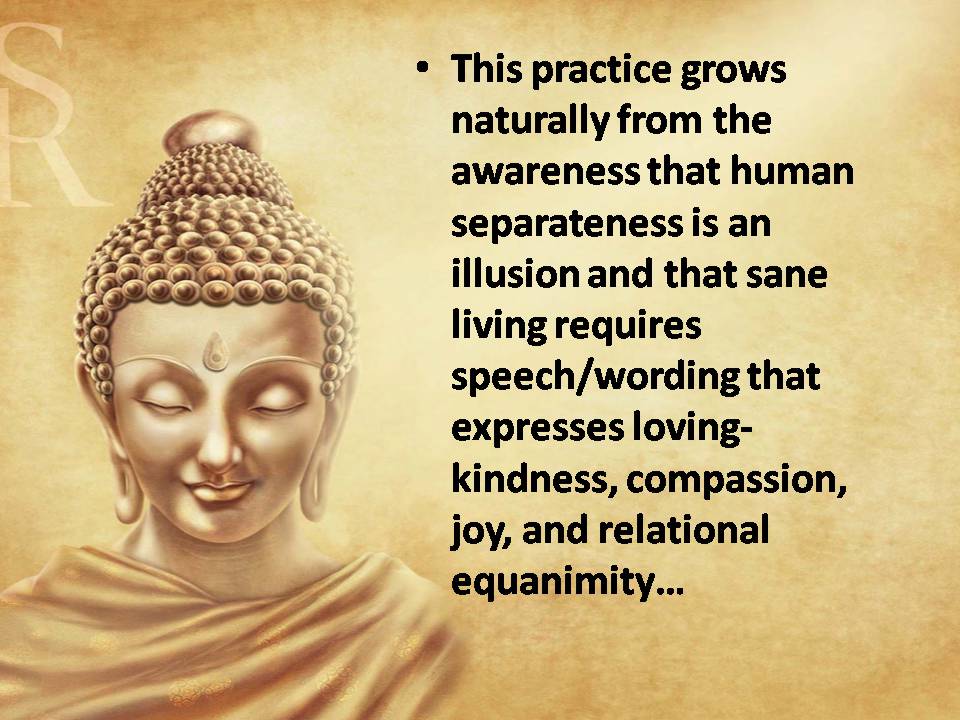
Слайд #5
Awareness and attention combined are the key ingredients for pristine/heartfelt mindfulness which looks from the inside out and un-covers: what is observed as perception or thought has been socially constructed before…
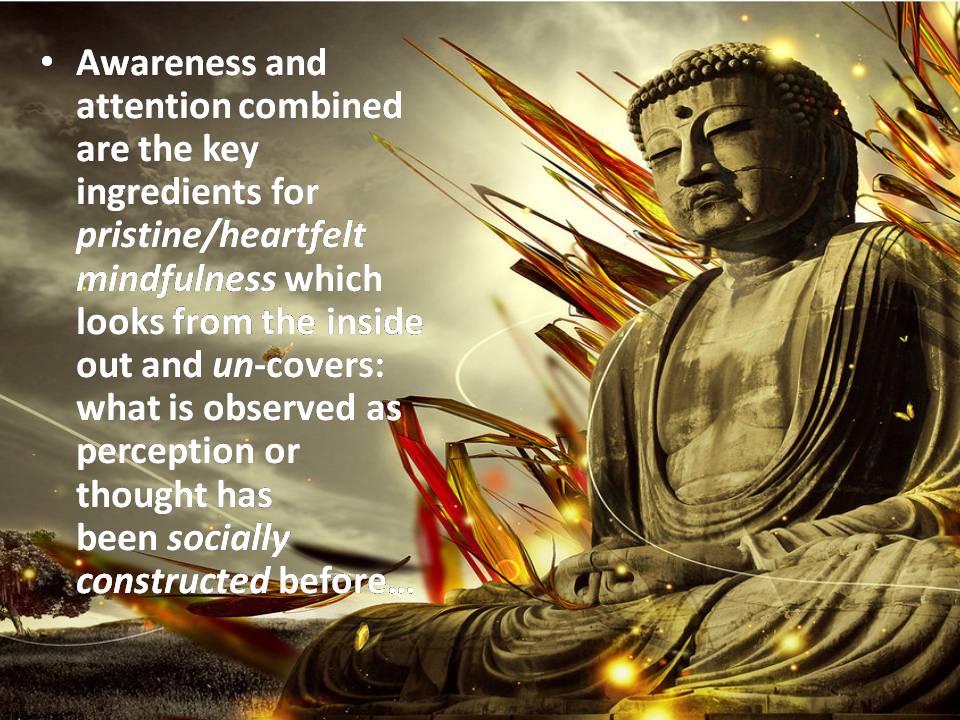
Слайд #6
Buddha
According to Buddhist traditions a Buddha is a fully awakened being who has completely purified his mind of the three poisons of desire, aversion and ignorance. A Buddha is no longer bound by Samsara and has ended the suffering which unawakened people experience in life.
Buddhists do not consider Siddhartha Gautama to have been the only Buddha. The Pali Canon refers to many previous ones (see List of the 28 Buddhas), while the Mahayanatradition additionally has many Buddhas of celestial, rather than historical, origin (see Amitabha or Vairocana as examples, for lists of many thousands Buddha names see Taishō Shinshū Daizōkyō numbers 439–448). A common Theravada and Mahayana Buddhist belief is that the next Buddha will be one named Maitreya (Pali: Metteyya).
According to Buddhist traditions a Buddha is a fully awakened being who has completely purified his mind of the three poisons of desire, aversion and ignorance. A Buddha is no longer bound by Samsara and has ended the suffering which unawakened people experience in life.
Buddhists do not consider Siddhartha Gautama to have been the only Buddha. The Pali Canon refers to many previous ones (see List of the 28 Buddhas), while the Mahayanatradition additionally has many Buddhas of celestial, rather than historical, origin (see Amitabha or Vairocana as examples, for lists of many thousands Buddha names see Taishō Shinshū Daizōkyō numbers 439–448). A common Theravada and Mahayana Buddhist belief is that the next Buddha will be one named Maitreya (Pali: Metteyya).
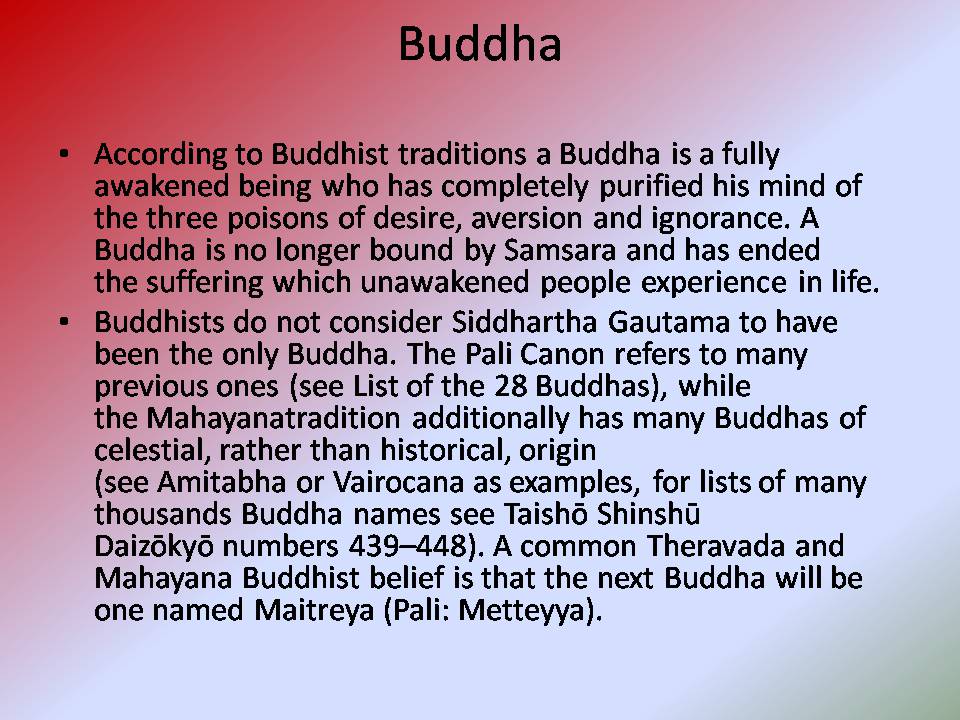
Слайд #7
Buddha
According to Buddhist traditions a Buddha is a fully awakened being who has completely purified his mind of the three poisons of desire, aversion and ignorance. A Buddha is no longer bound by Samsara and has ended the suffering which unawakened people experience in life.
Buddhists do not consider Siddhartha Gautama to have been the only Buddha. The Pali Canon refers to many previous ones (see List of the 28 Buddhas), while the Mahayanatradition additionally has many Buddhas of celestial, rather than historical, origin (see Amitabha or Vairocana as examples, for lists of many thousands Buddha names see Taishō Shinshū Daizōkyō numbers 439–448). A common Theravada and Mahayana Buddhist belief is that the next Buddha will be one named Maitreya (Pali: Metteyya).
According to Buddhist traditions a Buddha is a fully awakened being who has completely purified his mind of the three poisons of desire, aversion and ignorance. A Buddha is no longer bound by Samsara and has ended the suffering which unawakened people experience in life.
Buddhists do not consider Siddhartha Gautama to have been the only Buddha. The Pali Canon refers to many previous ones (see List of the 28 Buddhas), while the Mahayanatradition additionally has many Buddhas of celestial, rather than historical, origin (see Amitabha or Vairocana as examples, for lists of many thousands Buddha names see Taishō Shinshū Daizōkyō numbers 439–448). A common Theravada and Mahayana Buddhist belief is that the next Buddha will be one named Maitreya (Pali: Metteyya).
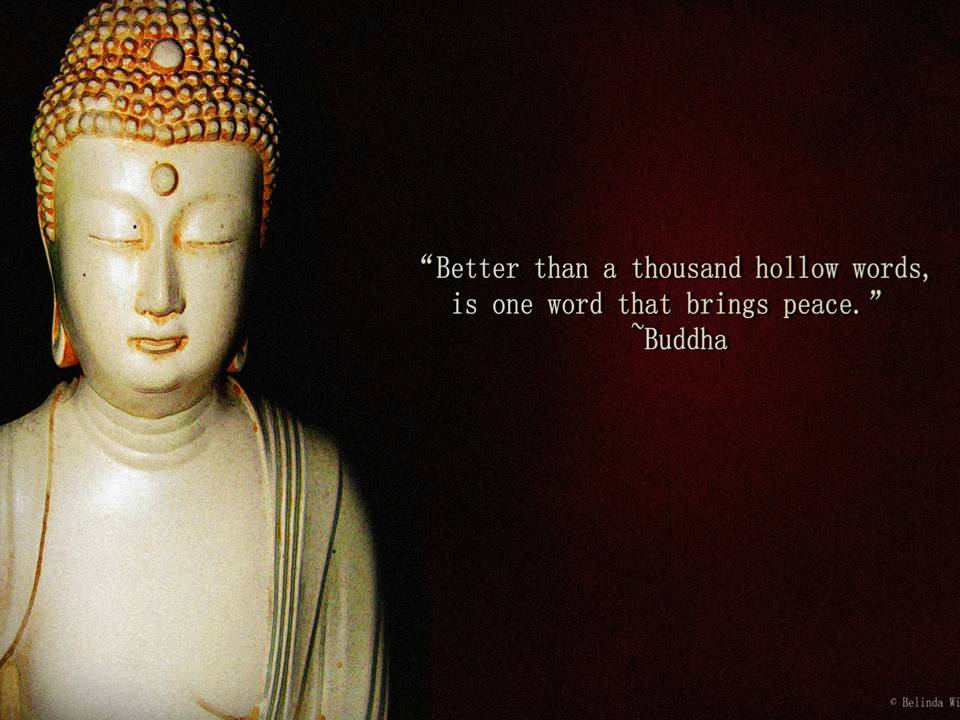
Слайд #8
The five precepts are training rules in order to live a better life in which one is happy, without worries, and can meditate well:
To refrain from taking life (non-violence towards sentient life forms), or ahimsā;
To refrain from taking that which is not given (not committing theft);
To refrain from sensual (including sexual) misconduct;
To refrain from lying (speaking truth always);
To refrain from intoxicants which lead to loss of mindfulness (specifically, drugs and alcohol).
To refrain from taking life (non-violence towards sentient life forms), or ahimsā;
To refrain from taking that which is not given (not committing theft);
To refrain from sensual (including sexual) misconduct;
To refrain from lying (speaking truth always);
To refrain from intoxicants which lead to loss of mindfulness (specifically, drugs and alcohol).
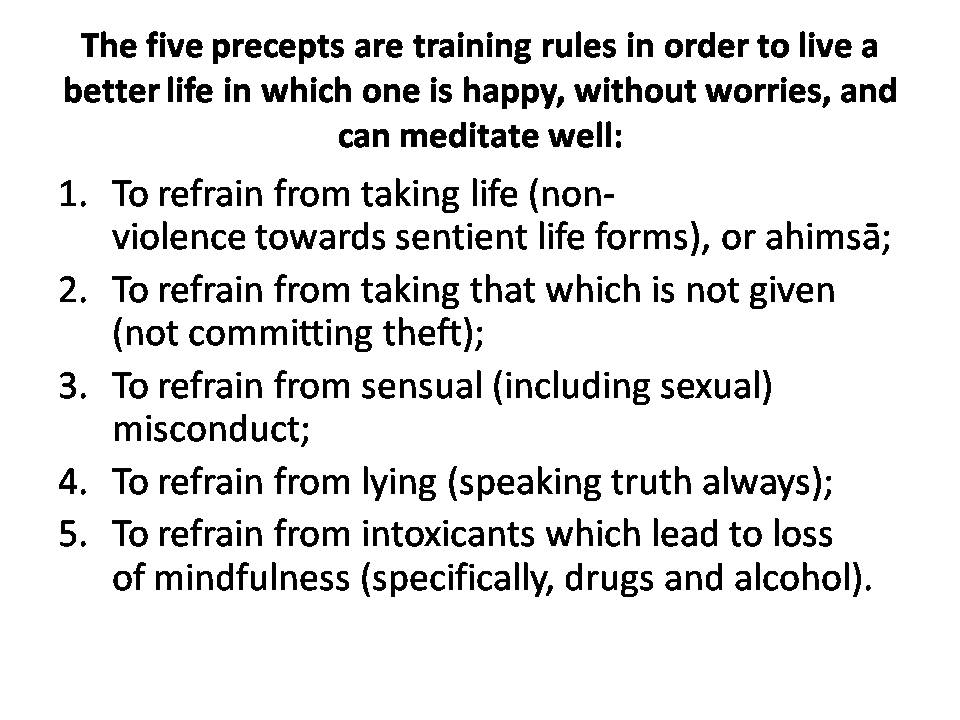
Слайд #9
According to Mahayana
In the Mahayana, the Buddha tends not to be viewed as merely human, but as the earthly projection of a beginningless and endless, omnipresent being (see Dharmakaya) beyond the range and reach of thought. Moreover, in certain Mahayana sutras, the Buddha, Dharma and Sangha are viewed essentially as One: all three are seen as the eternal Buddha himself.
In the Mahayana, the Buddha tends not to be viewed as merely human, but as the earthly projection of a beginningless and endless, omnipresent being (see Dharmakaya) beyond the range and reach of thought. Moreover, in certain Mahayana sutras, the Buddha, Dharma and Sangha are viewed essentially as One: all three are seen as the eternal Buddha himself.
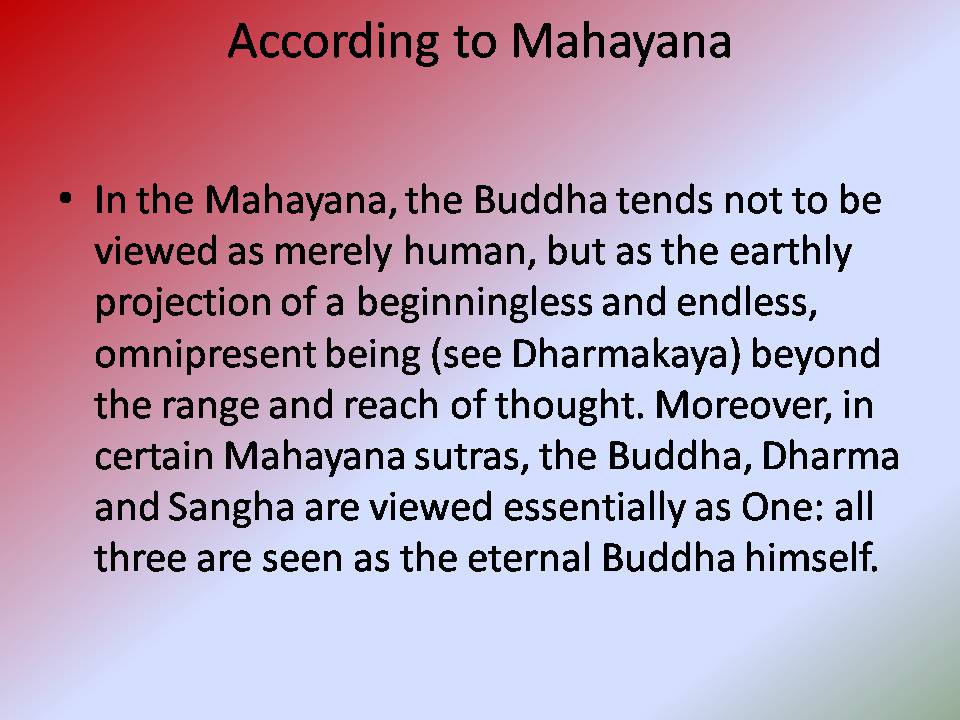
Слайд #10
Yoga
Buddhism traditionally incorporates states of meditative absorption . The most ancient sustained expression of yogic ideas is found in the early sermons of the Buddha. One key innovative teaching of the Buddha was that meditative absorption must be combined with liberating cognition.The difference between the Buddha's teaching and the yoga presented in early Brahminic texts is striking. Meditative states alone are not an end, for according to the Buddha, even the highest meditative state is not liberating. Instead of attaining a complete cessation of thought, some sort of mental activity must take place: a liberating cognition, based on the practice of mindful awareness.
Buddhism traditionally incorporates states of meditative absorption . The most ancient sustained expression of yogic ideas is found in the early sermons of the Buddha. One key innovative teaching of the Buddha was that meditative absorption must be combined with liberating cognition.The difference between the Buddha's teaching and the yoga presented in early Brahminic texts is striking. Meditative states alone are not an end, for according to the Buddha, even the highest meditative state is not liberating. Instead of attaining a complete cessation of thought, some sort of mental activity must take place: a liberating cognition, based on the practice of mindful awareness.
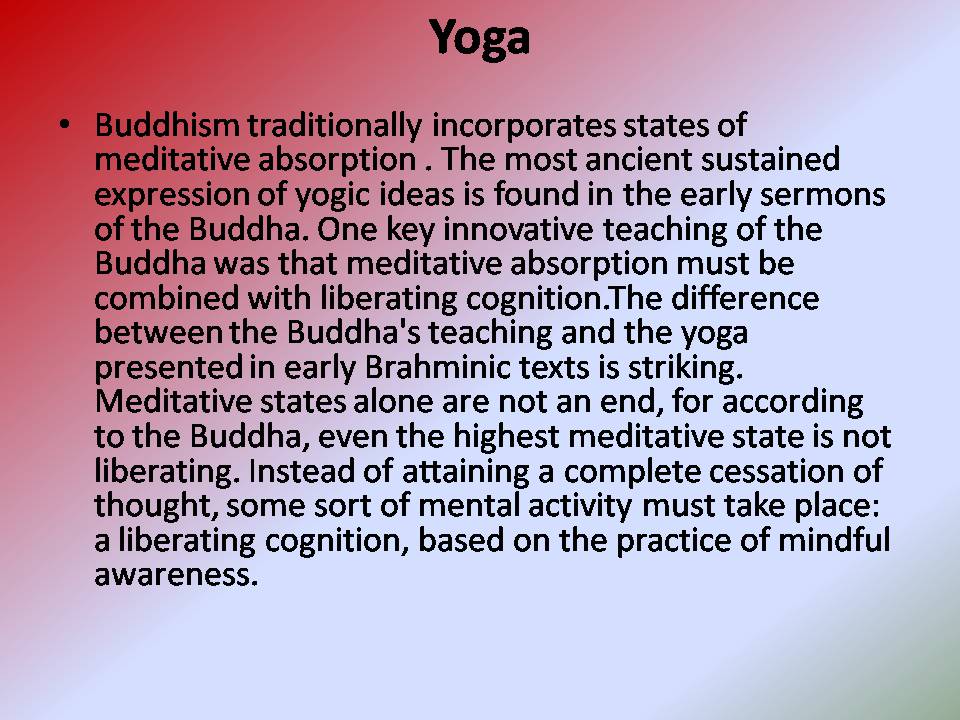
Слайд #11
Yoga
Buddhism traditionally incorporates states of meditative absorption . The most ancient sustained expression of yogic ideas is found in the early sermons of the Buddha. One key innovative teaching of the Buddha was that meditative absorption must be combined with liberating cognition.The difference between the Buddha's teaching and the yoga presented in early Brahminic texts is striking. Meditative states alone are not an end, for according to the Buddha, even the highest meditative state is not liberating. Instead of attaining a complete cessation of thought, some sort of mental activity must take place: a liberating cognition, based on the practice of mindful awareness.
Buddhism traditionally incorporates states of meditative absorption . The most ancient sustained expression of yogic ideas is found in the early sermons of the Buddha. One key innovative teaching of the Buddha was that meditative absorption must be combined with liberating cognition.The difference between the Buddha's teaching and the yoga presented in early Brahminic texts is striking. Meditative states alone are not an end, for according to the Buddha, even the highest meditative state is not liberating. Instead of attaining a complete cessation of thought, some sort of mental activity must take place: a liberating cognition, based on the practice of mindful awareness.
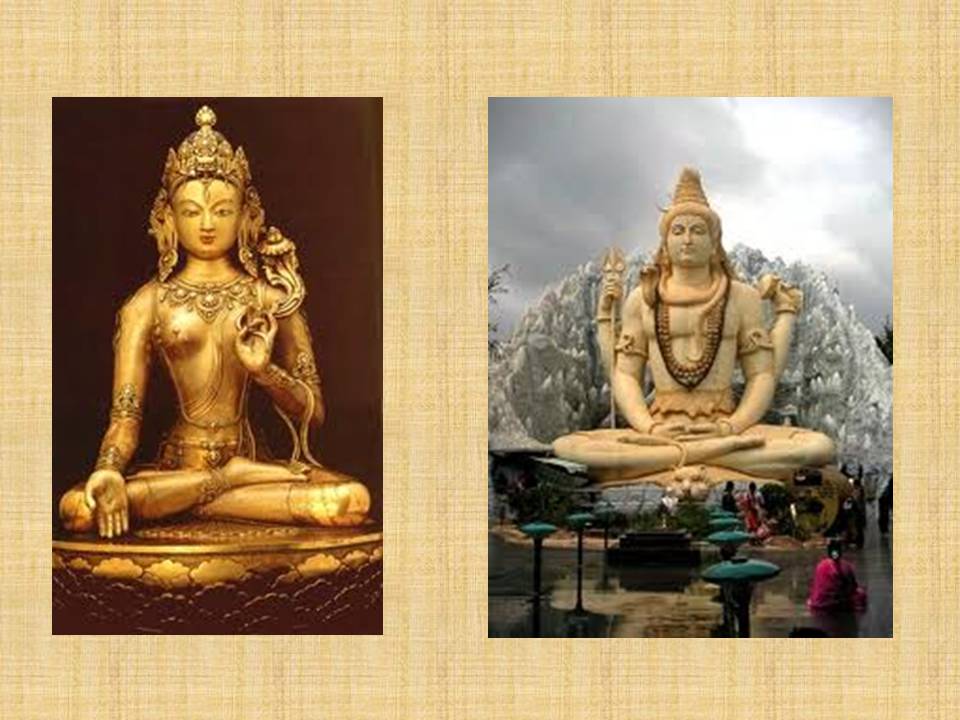
Слайд #12
Meditation was an aspect of the practice of the yogis in the centuries preceding the Buddha. The Buddha built upon the yogis' concern with introspection and developed their meditative techniques, but rejected their theories of liberation.
In Buddhism, mindfulness and clear awareness are to be developed at all times; in pre-Buddhist yogic practices there is no such injunction. A yogi in the Brahmanical tradition is not to practice while defecating, for example, while a Buddhist monastic should do so.
In Buddhism, mindfulness and clear awareness are to be developed at all times; in pre-Buddhist yogic practices there is no such injunction. A yogi in the Brahmanical tradition is not to practice while defecating, for example, while a Buddhist monastic should do so.
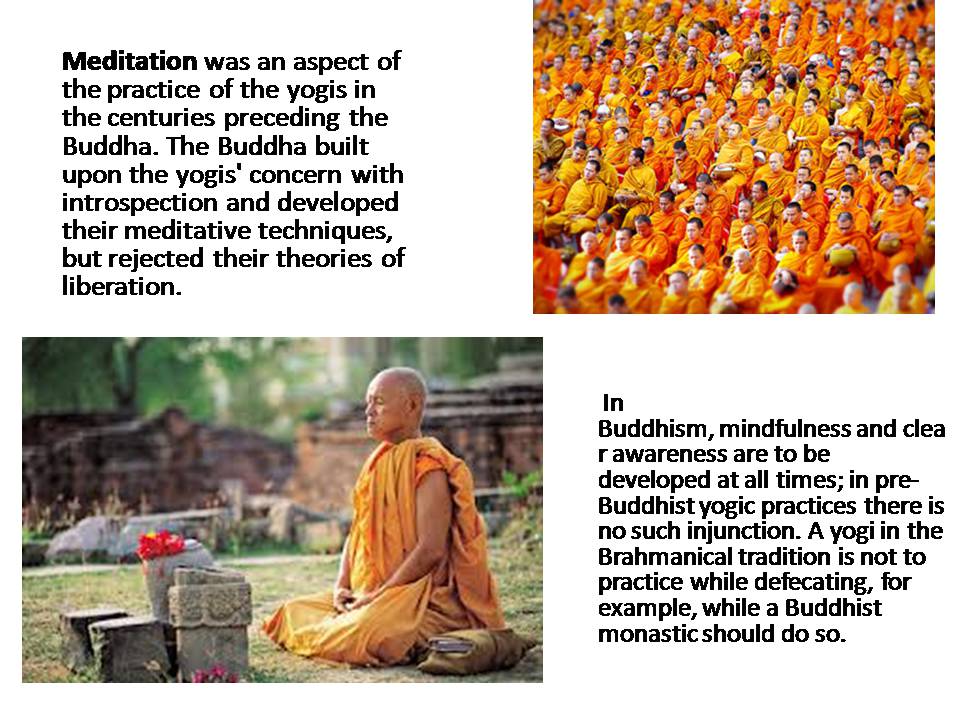
Слайд #13
Lord Krishna

Слайд #14
Lord Krishna
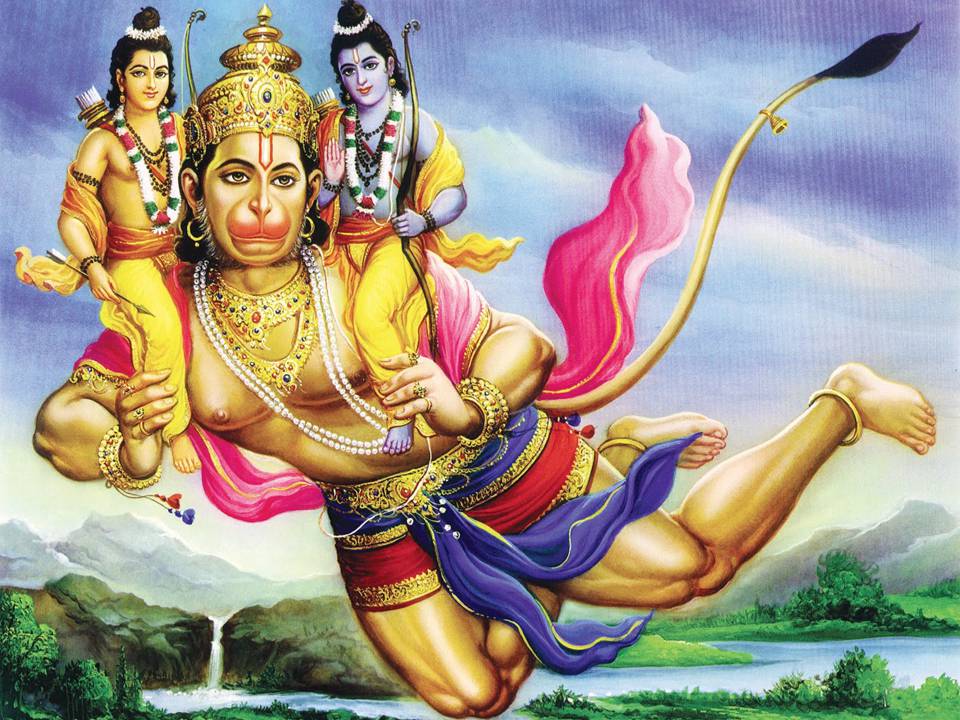
Слайд #15
Lord Krishna
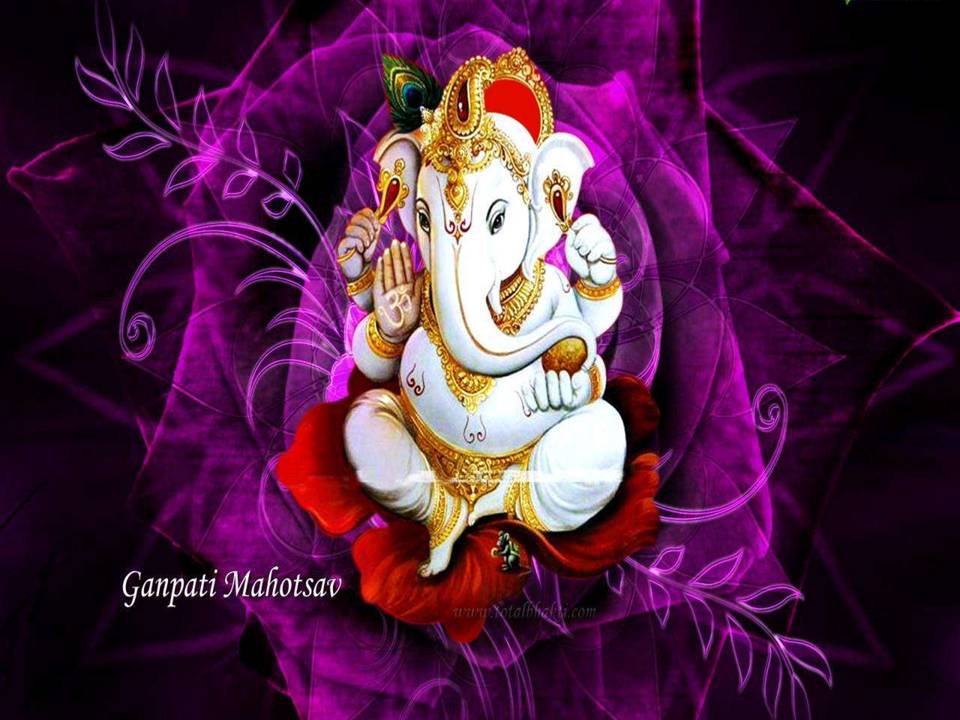
Слайд #16
Lord Krishna
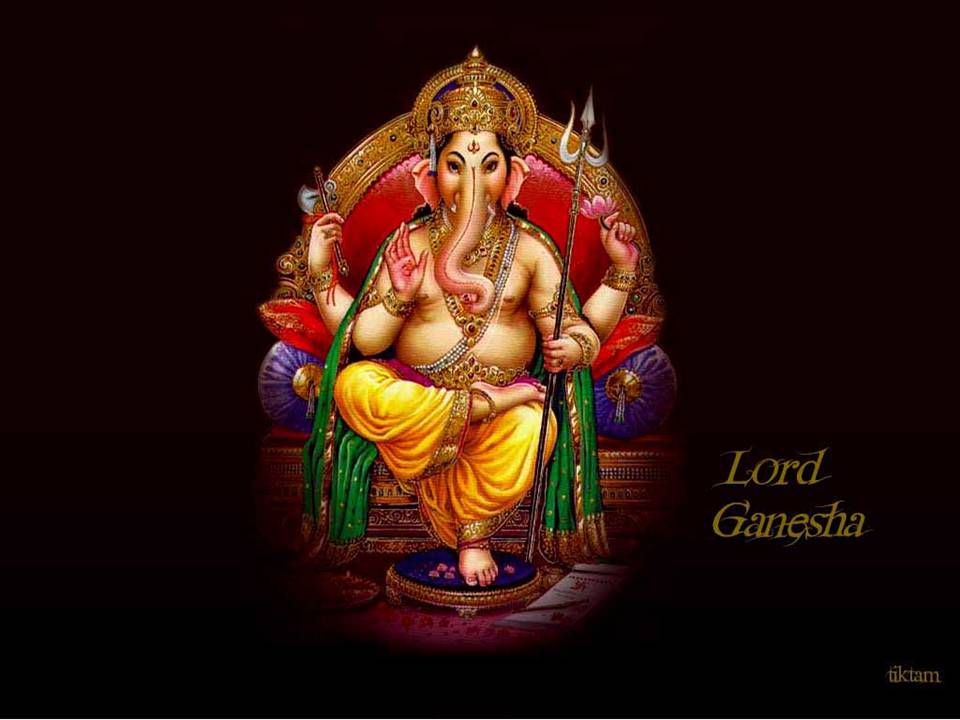
Слайд #17
Thank you!
